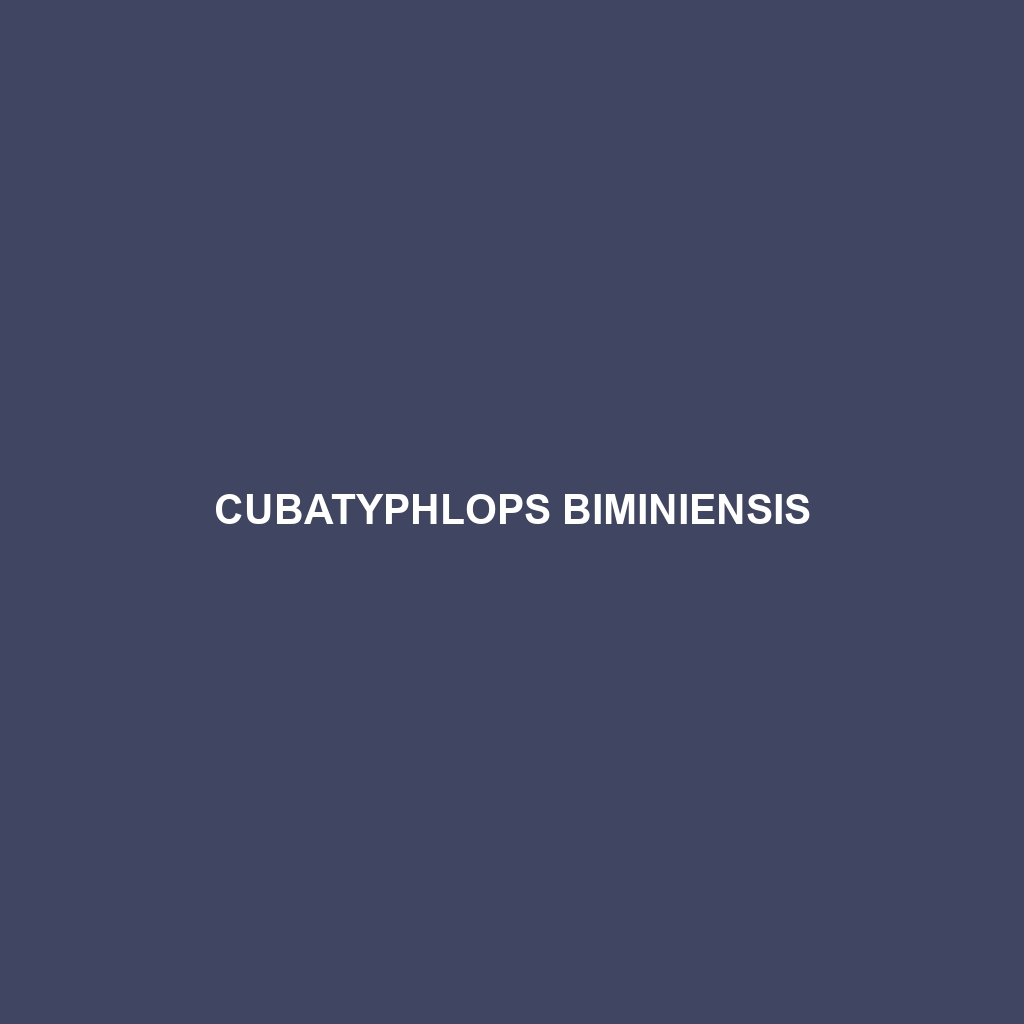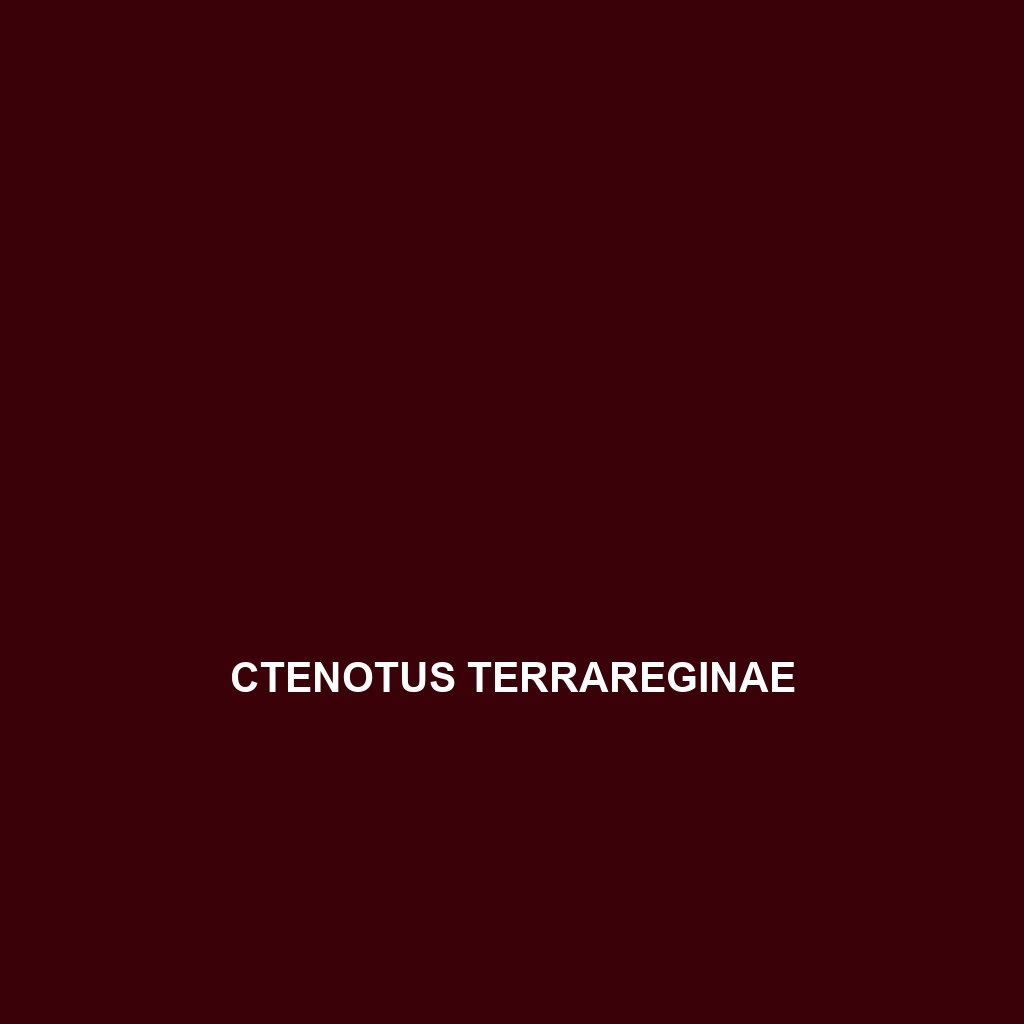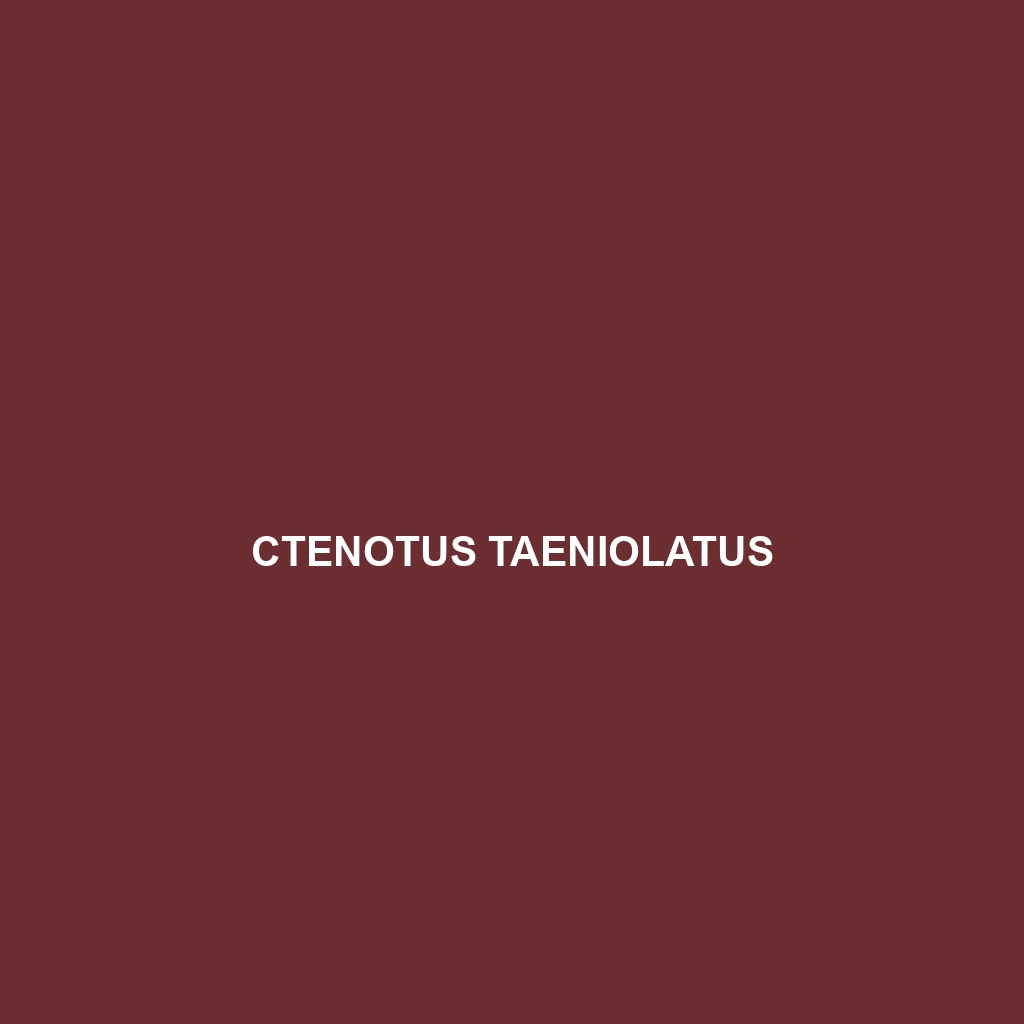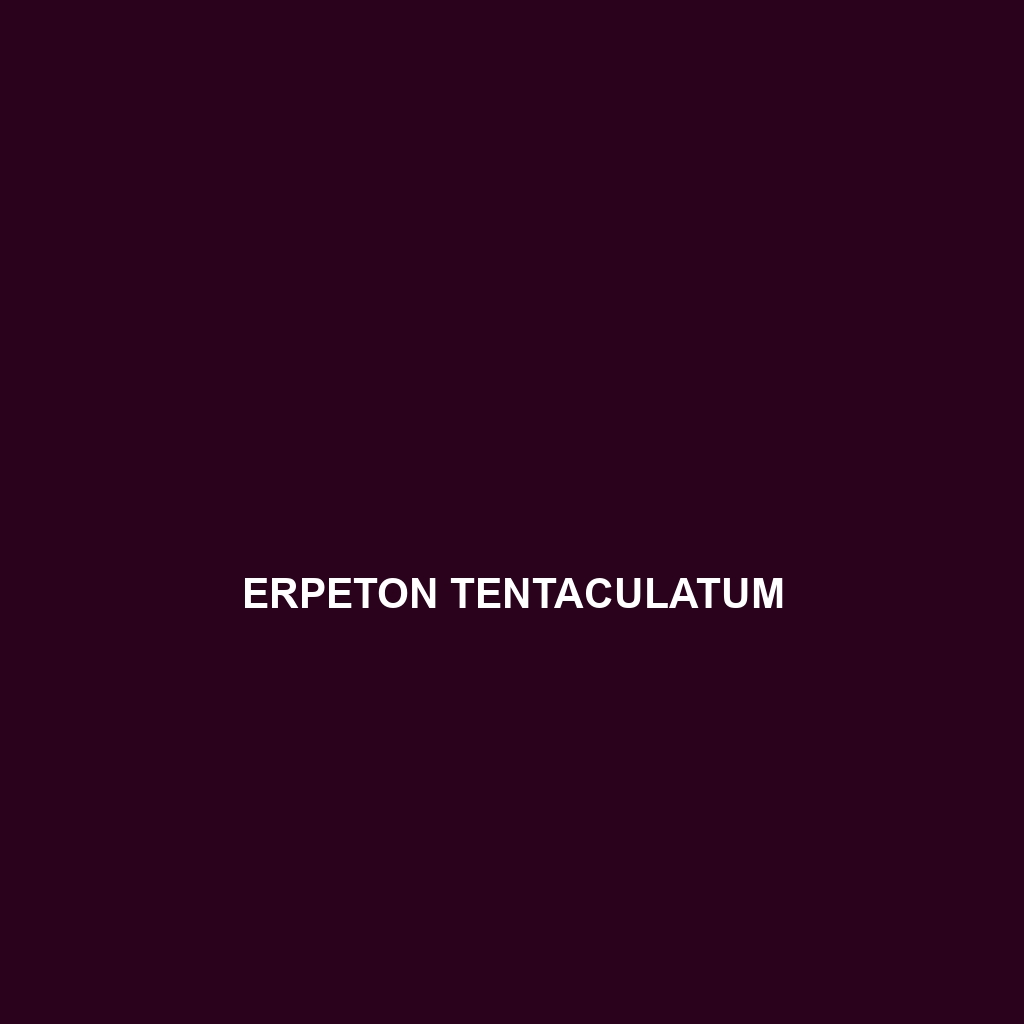
Tag: ecological role
-

Cuora amboinensis
Discover the Cuora amboinensis, or Asian box turtle, a vibrant species native to Southeast Asia, known for its striking yellow or orange patterned shell and ability to retract fully into its shell for protection. This omnivorous turtle thrives in freshwater habitats, playing a crucial role in its ecosystem by controlling insect populations and aiding in…
-

Cubophis fuscicauda
Discover the Cubophis fuscicauda (Common Name: Brown Tree Snake), an agile and nocturnal serpent that thrives in Central America’s tropical forests. With its distinctive dark brown or gray scales, robust body, and diet of small mammals and amphibians, this species plays a vital role in its ecosystem while facing threats from habitat loss.
-

Cubatyphlops caymanensis
Discover the Cubatyphlops caymanensis, an endangered blunt-headed snake native to the Cayman Islands, thriving in humid limestone caves and feeding on small invertebrates. This nocturnal species, measuring 10 to 15 inches, showcases unique adaptations for underground life, including reduced eyesight and a heightened sense of smell.
-

Cubatyphlops biminiensis
Cubatyphlops biminiensis, commonly known as the Bimini blind snake, is a fossorial species found primarily in the Caribbean, particularly the Bahamas. This vulnerable serpent, reaching lengths of 30 to 45 cm, is characterized by its smooth, cylindrical body, secretive behavior, and diet primarily consisting of small invertebrates, playing a vital role in natural pest control…
-

Ctenotus youngsoni
Discover the Ctenotus youngsoni, a slender skink native to Australia’s semi-arid regions, known for its distinctive brown and gray scales, diurnal behavior, and vital role in controlling insect populations. This adaptable species showcases remarkable resilience and plays a crucial part in maintaining ecological balance.
-

Ctenotus terrareginae
Ctenotus terrareginae, a small skink native to Australia, thrives in arid regions and is known for its quick movements, distinctive brown or grey coloration with lighter stripes, and insectivorous diet. This resilient species plays a crucial role in its ecosystem by controlling pest populations and serves as prey for larger animals.
-

Ctenotus striaticeps
Experience the captivating striped ctenotus (Ctenotus striaticeps), a slender lizard native to Australia’s arid regions, showcasing distinct darker stripes and agile movements. This intriguing insectivore plays a vital role in controlling insect populations while exhibiting unique behaviors, making it a fascinating study in its ecosystem.
-

Ctenotus storri
Ctenotus storri is a medium-sized skink found in the arid regions of Australia, characterized by its striking brown and grey coloration, dark stripes, and agile daytime behavior. These insectivorous skinks play a crucial role in controlling insect populations and exhibit unique adaptations for survival in their diverse habitats.
Search
Popular Posts
-
Erymnochelys madagascariensis
Discover the Madagascan Turtle (Erymnochelys madagascariensis), an endangered freshwater species known for its distinctive oval-shaped, camouflaged shell and elongated neck. This herbivorous turtle plays a crucial role in its ecosystem by maintaining aquatic vegetation and contributing to biodiversity in Madagascar’s unique habitats.
-
Erpeton tentaculatum
Erpeton tentaculatum, commonly known as the tentacled snake, is a unique, agile aquatic predator found in Southeast Asia’s freshwater ecosystems, distinguished by its elongated body and tentacle-like structures near its snout. This carnivorous species thrives in tropical climates, feeding primarily on fish and amphibians while playing a vital role in maintaining the balance of its…
-
Eroticoscincus graciloides
Introducing the Eroticoscincus graciloides, or slender skink, a striking reptile found in the lush rainforests of Papua New Guinea. This nocturnal, insectivorous skink showcases a slender body ranging from 10 to 15 cm, featuring smooth, glossy skin that varies in color from light brown to dark chocolate, and plays a crucial role in maintaining insect…
Categories
Archives
Tags
animal adaptations (752) animal behavior (4719) animal reproduction (783) bat species (661) behavior (919) biodiversity (6948) conservation (1670) conservation efforts (1473) conservation status (4782) diet (2098) echolocation (822) ecological balance (1512) ecological role (1397) ecology (790) ecosystem (1468) ecosystem role (2651) ecosystem roles (654) endangered species (2391) environmental conservation (685) habitat (3242) habitat conservation (928) Habitat Destruction (999) habitat loss (2967) insectivorous reptiles (682) IUCN Red List (1446) lizard reproduction (666) nocturnal animals (2695) nocturnal behavior (2243) physical characteristics (1981) reproduction (2853) reptile conservation (919) rodent (677) rodent species (1325) seed dispersal (2062) Seed Disperser (958) small mammals (1163) snake diet (641) snake reproduction (688) South America (784) species description (714) tropical forests (937) Vulnerable Species (4444) wildlife (2507) wildlife conservation (4537) wildlife protection (837)



